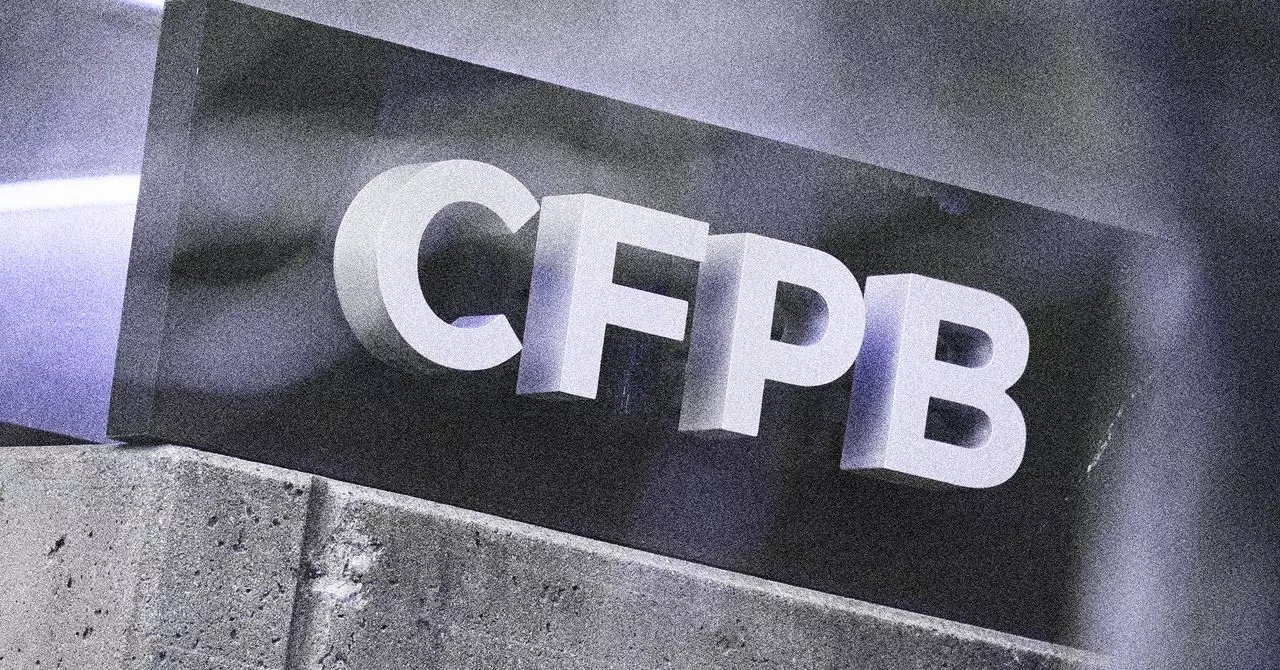In a dramatic twist of events, over 1,400 employees of the Consumer Financial Protection Bureau (CFPB), facing imminent layoffs, received unexpected news that they would continue working for at least an additional week due to a federal judge’s intervention. Judge Amy Berman Jackson’s ruling highlights a significant moment in the ongoing struggle between independent regulatory agencies and political administrations that aim to reduce their authority. This latest development serves not only as a temporary reprieve for employees of the CFPB but as a flashpoint in the larger debate surrounding consumer protection in an increasingly deregulated financial landscape.
Legal Battles and Corporate Influence
The crux of the turmoil lies in the Trump administration’s desire to dismantle the CFPB, an agency established in the wake of the 2008 financial crisis to protect consumers from predatory lending practices. The agency has played a vital role in advocating for consumers against banks and other financial institutions that impose dubious fees or engage in discriminatory lending practices. However, not everyone views this agency in a favorable light. Some conservatives advocate for its dissolution, arguing that its regulatory oversight inhibits business operations. This pushback raises critical questions about who gets to influence financial regulation—lobbyists and corporate giants or everyday consumers who suffer the consequences of unscrupulous financial practices.
Concurrent to the layoffs, there is an alarming retraction in the CFPB’s focus on vital issues such as medical debt relief, student loans, and consumer data protection—areas where consumers desperately need advocacy. This signals a possible shift in priorities driven not by consumer needs but rather by the whims of the administration in power.
A Judge’s Moral Compass
Judge Jackson’s decision to pause the layoffs underscores her commitment to ensuring that the CFPB’s workforce is given a fair chance to argue their case against the administration’s drastic measures. Her previous ruling, which delayed the dismissal of probationary employees, indicates a judicial unwillingness to let the executive branch wield unchallenged power over independent entities established to serve the public good. The judge’s scrutiny of the government’s actions forces the administration to disclose its decision-making processes that would otherwise remain shrouded in secrecy.
Despite a ruling from an appellate court that overturned part of her previous orders, Jackson’s latest injunction reflects a judicial willingness to act as a bulwark against perceived executive overreach. This judicial activism aims not only to protect jobs but also to reinforce the notion that independent agencies require a degree of stability to function effectively and carry out their mandates.
Behind the Scenes: A Culture of Fear
Revelations of distressing workplace culture within the CFPB emerge alongside this legal battle. An anonymous employee’s account illustrates a toxic environment, wherein team members were pressured to expedite termination notices to comply with abrupt timelines. Such pressure from officials like Gavin Kliger, who is associated with the Trump administration’s push for government efficiency, poses ethical questions regarding the treatment of employees in the public sector. The account hints at a leadership philosophy predicated on urgency rather than compassion, resulting in a workplace atmosphere defined by anxiety rather than productivity.
The role of agency leadership during such tumultuous times is crucial. As Mark Paoletta, the agency’s chief legal officer, outlined a plan to “right-size” the CFPB’s workforce, we must ask whether these leaders are prioritizing consumer protection or capitulating to the political winds of the day. The stark disparity between the need for consumer advocacy and the administration’s appetite for deregulation raises concerns about who truly holds power in shaping the future of American financial services.
The Fight Ahead
As employees continue to work amid uncertainty, the overarching battle for the CFPB’s survival presses on. The upcoming court hearings on April 28 will not only determine the fates of these employees but will also shed light on the regulatory landscape that governs consumer finance. The outcome promises to influence how government agencies navigate political pressures while striving to fulfill their mandates to protect consumers.
This situation calls for public vigilance and advocacy, emphasizing that the preservation of consumer protections is a collective responsibility. The CFPB represents more than just a workforce; it symbolizes the broader promise of a financial system that prioritizes the needs of consumers—an ideal worth defending in today’s turbulent environment.

